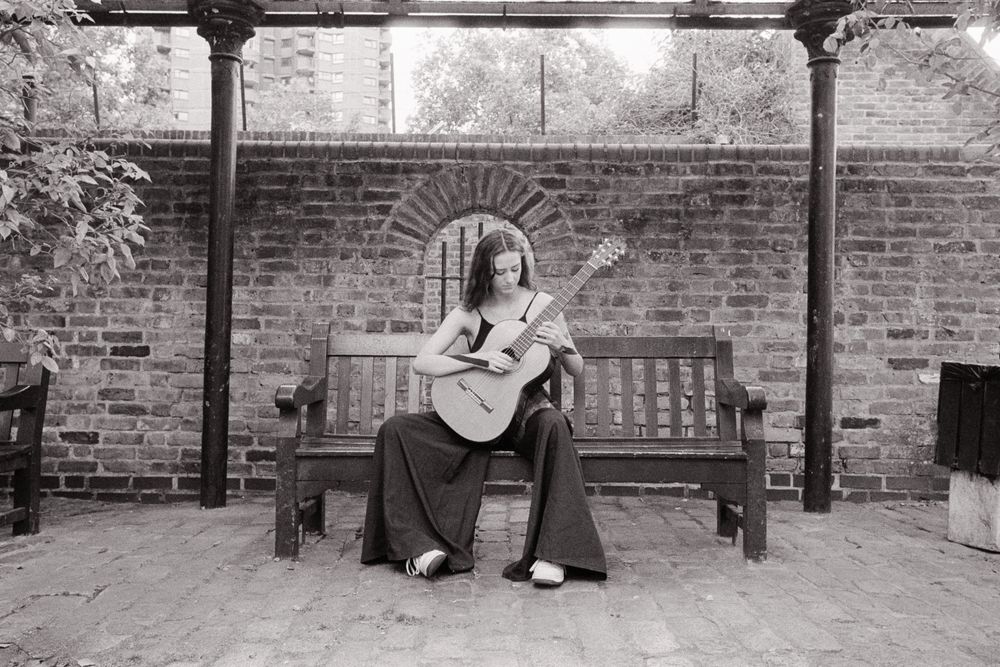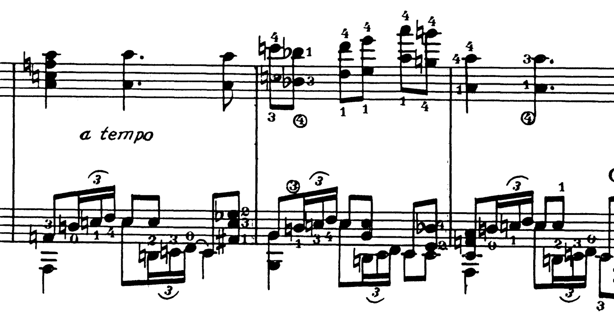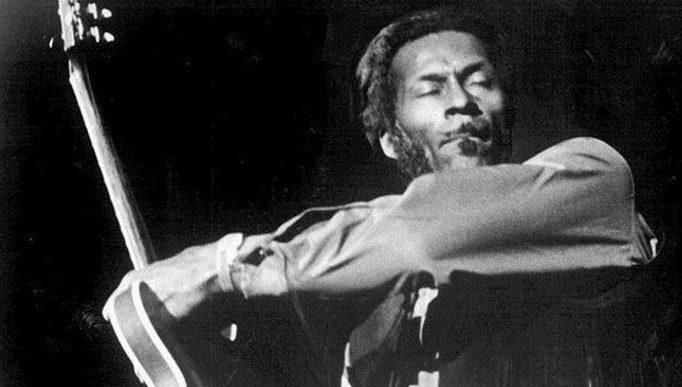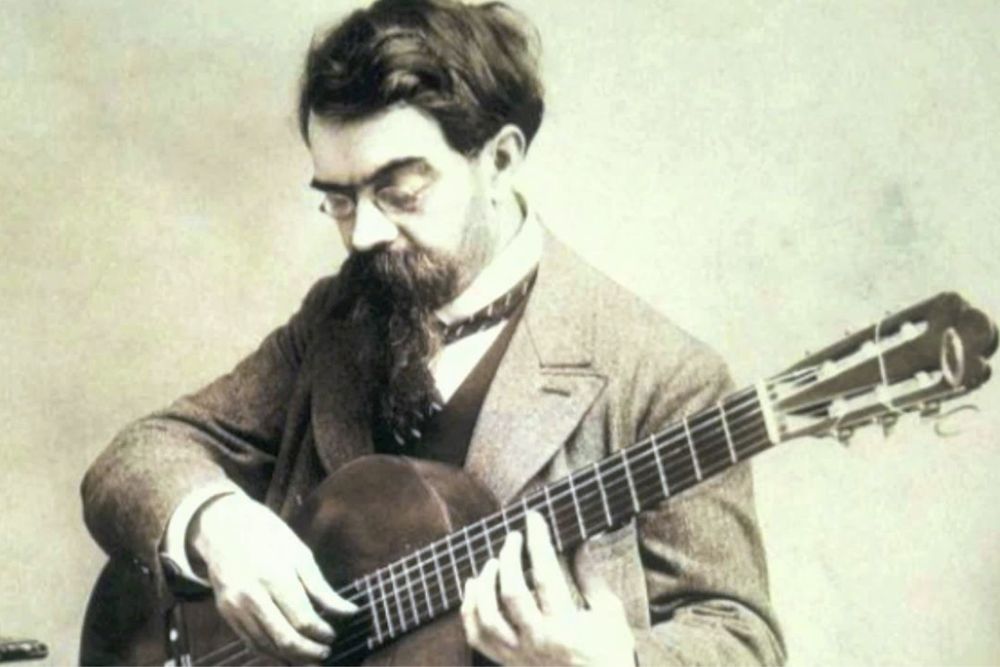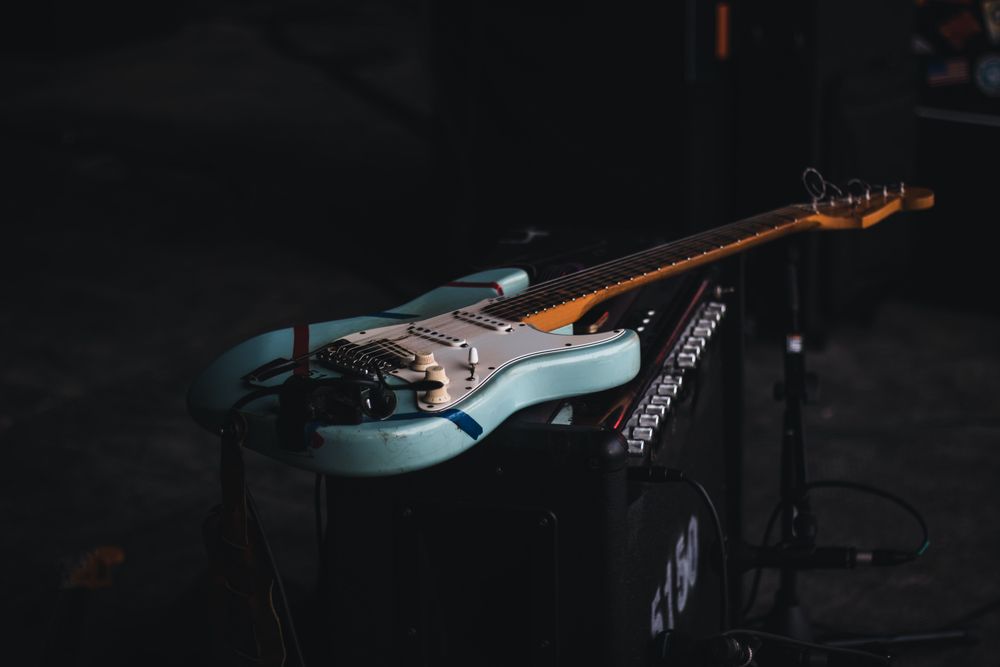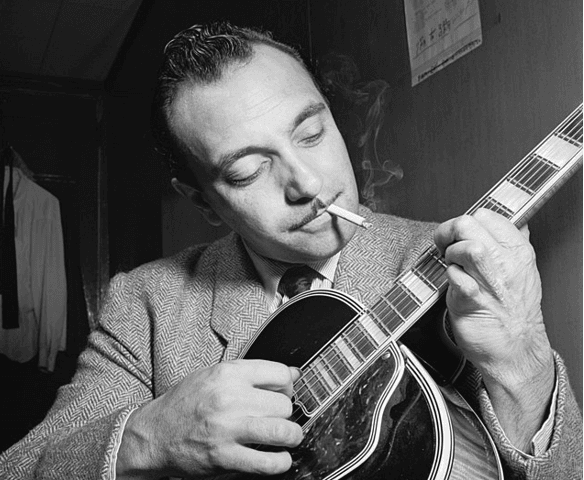Chord diagrams
This is the third main type of notation used in guitar sheet music. Compared to staff notation and tablature, chord diagrams - or chord boxes - are far more restricted in scope, only being able to delineate chord voicings.
Nevertheless, diagrams are clear and easy to understand. In certain circumstances, they’re actually a more useful form of notation. They’re particularly helpful for beginners as well. In terms of application, they’re mostly limited to jazz and popular music.
You can outline chords with tablature and staff notation, but chord diagrams, which outline the precise fingering for the chord, have the illustrative edge.
How they work
Chord diagrams resemble a snapshot of the fretboard. They appear as grids in which vertical lines represent the guitar strings (from left to right, low E, A, D, G, B and high E) and horizontal lines represent frets.
Here you can find a chord chart that includes chord diagrams for all the guitar chords a player is likely to encounter.
Unless indicated by a number near the top-left corner of the box, the highest horizontal line represents the nut. The second-highest line represents the 1st fret, and so on. If there is a number there, the corresponding fret then becomes the highest line.
The circles indicate where the fingers should be positioned. For example, a circle found on the far left vertical line and between the second and third horizontal lines, should be placed between the 1st fret and the 2nd fret on the low E-string - if there’s no top-left digit. That’s an F♯ in standard tuning. (Remember that the top line is the nut.)
An ‘X’ above a vertical line indicates that the corresponding string should be muted, while an ‘O’ above a vertical line indicates that a string should be played openly.
These chord voicings function as templates, which means the fingering can be shifted to different frets to change the root note. If there’s an open string indicated then you’ll need to use a device called a ‘capo’ to move that particular chord shape around the fretboard.









